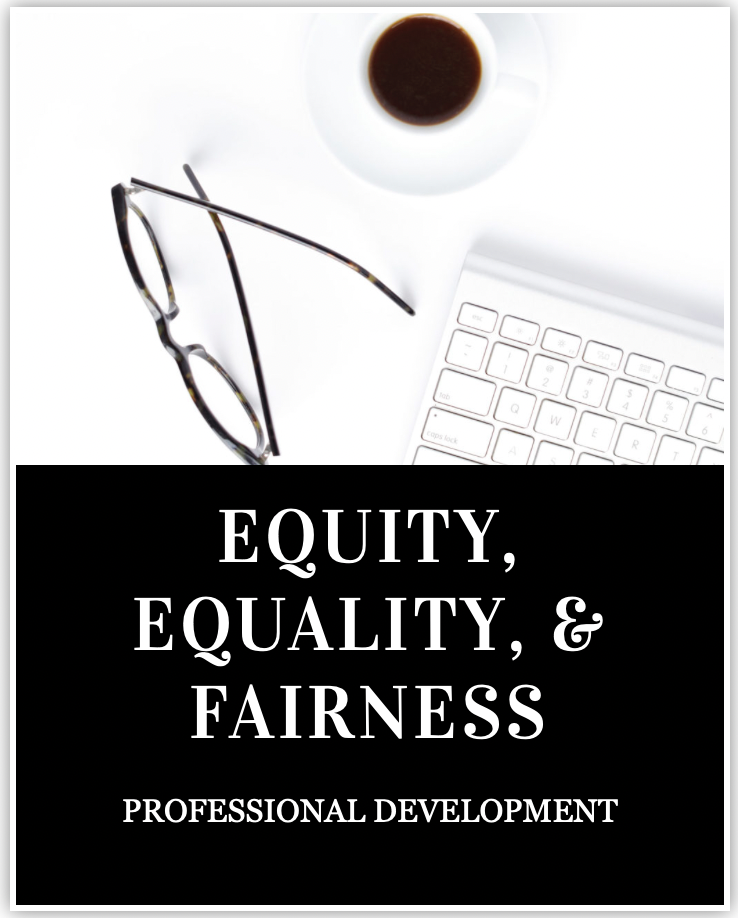Procedural fairness consists of the rules for grading and classroom administration.
The University of Nebraska-Lincoln describes it as consisting of the following…
– course workload: considering abilities and level when designing the course and expectations.
Consider student’s social emotional development in addition to the academic expectations.
What skills are they working on? Many freshman in high school and college are just now learning study skills and may not have been taught them. Kindergarteners are just learning how to follow instructions. Middle school students are learning how to make good choices now that they have more freedom to make those choices in the school setting.
– assessments: having well-written, clear assessments that cover concepts taught and expected.
For example, many educators reuse tests – which is totally fine and there is good reason to do so! As new standards and course materials are provided, cross check the assessments to ensure that what is covered on assessments is something still taught by you.
Check for any assessment questions that may have some ambiguity. For example, one year it was realized that an assessment used by many educators stated “How many ones are in the number 62. The intended correct answer was “2.” The correct question should have stated “what digit is in the ones place?”
-feedback: providing feedback that is prompt and constructive.
Meaning if a student answered any questions incorrectly, provide an explanation for the correct and incorrect answers.
–responsiveness: seek out and respond to feedback from students. Give thoughtful consideration, take action to valid student complaints, provide clear expectations and criteria and answer student questions.



